Cities: Skylines
Once upon a time, a guy named Will Wright sat down and created a game like no other game before it: SimCity, a city-building simulator. Despite its apparent narrow audience, the game became a massive success and spawned what became a well known and highly respected franchise. Many years later, Electronic Arts released SimCity again. The hype was massive, and the fall of the SimCity franchise was spectacular. The 2013 version of SimCity was a broken mess that only delivered on a handful of its pre-release promises. Many gamers felt cheated by EA and abandoned the game. In the end, EA decided to close down the studio responsible for the development of the failed city builder.
Then along came Colossal Order and Cities: Skylines.
Finish developer Colossal Order is no stranger to simulation games. In their Cities in Motion series, you play as a city’s mass transit planner, laying out routes and setting up time tables for buses, trams, subways and other forms of public transportation people rely on to get around. But you have no direct control of the city itself. Depending on how you build your transportation network, the city will grow in different ways, but you can’t, say, zone a specific plot of land so it’ll become a residential area.
But all that changes with Cities: Skylines, which is a full blown city simulator. Think of it as the love child of the original SimCity and Cities in Motion. You’ve got full control of both your city and its mass transit system. Cities: Skylines became and immediate success, selling 250,000 copies within the first 24 hours of its release. It’s currently enjoying a “very positive” rating on Steam, and a metascore of 86 on Metacritic.
But does Cities: Skylines get rave reviews based on its own merits, or just because it managed to fill the hole EA’s SimCity disaster left behind?
After having started three different cities and spent around 11 hours with the game, my feeling is that the answer is “a little bit of both”. The fall of SimCity did leave behind a massive void that Colossal Order has managed to fill quite well with Cities: Skylines. I’m not sure if they were already working on the game when EA released SimCity in 2013, but to be able to learn from EA’s mistakes must have been an enormous advantage for Colossal Order. In many ways, Cities: Skylines is everything SimCity was not on day one: 9 times the maximum buildable map size, mod support, map editor, working transport and traffic system and offline mode. Everything the SimCity players hated about SimCity was potentially fixed in Cities: Skylines.
But having all these wonderful features means nothing if they are not implemented well. In the case of Cities: Skylines, Colossal Order hit a home run on pretty much every swing. As a city building simulator sandbox, Cities: Skylines is top notch. But there is not much challenge in the game when it comes to running the city per se. Focus isn’t exactly to balance the budget and getting an income quickly is very easy; you’ll soon find yourself with a lot more money than you manage to spend. The challenge in Cities: Skylines is your city’s transportation system. A few miles of unfortunate road planning might be enough to make your utopia turn more dystopic than you can imagine.
You could of course argue that transportation is the backbone of every city: Without good roads with sufficient capacity and a working public transportation system, any city is pretty much screwed. And that’s a fair point. But it’s such an important thing in Cites: Skylines, that you constantly have to think about roads and public transportation. This doesn’t make Cities: Skylines a bad game1. It’s just something you might want to be aware of: You’re not buying a city builder, you’re buying a mass transportation simulator with a city builder on the side.
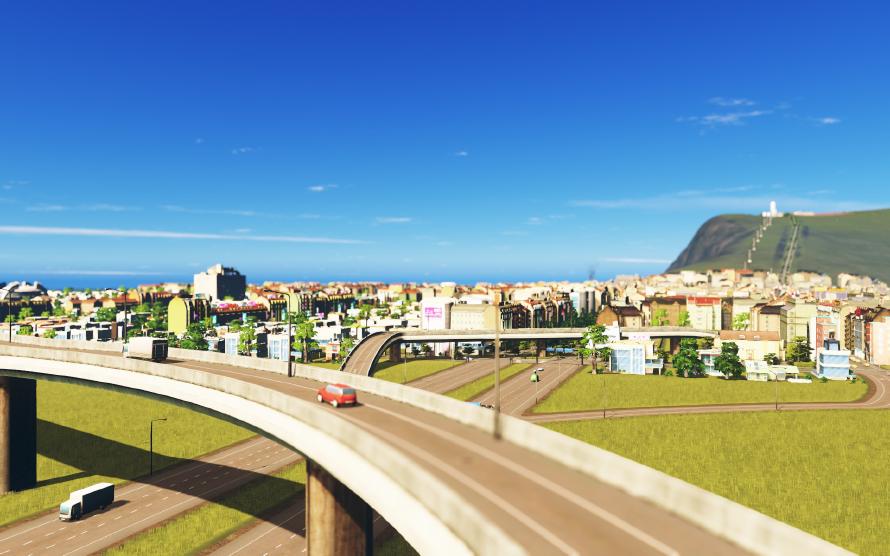
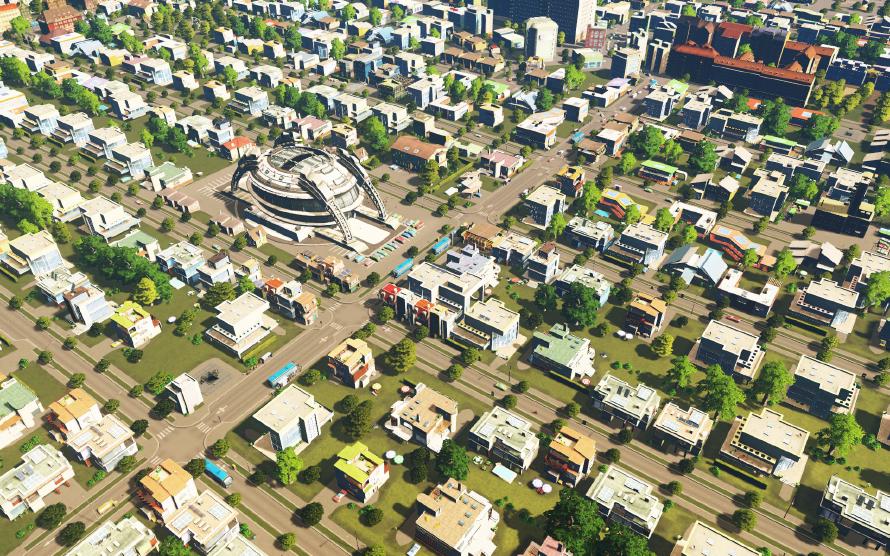
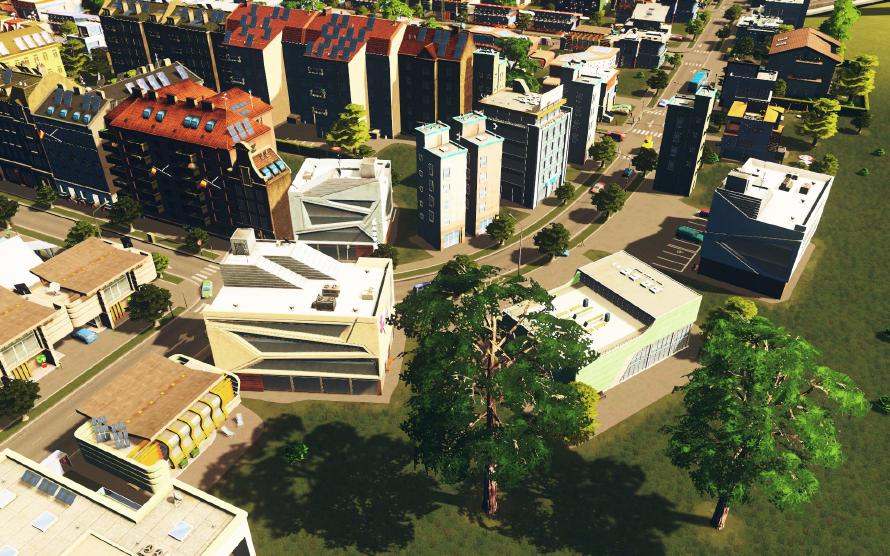
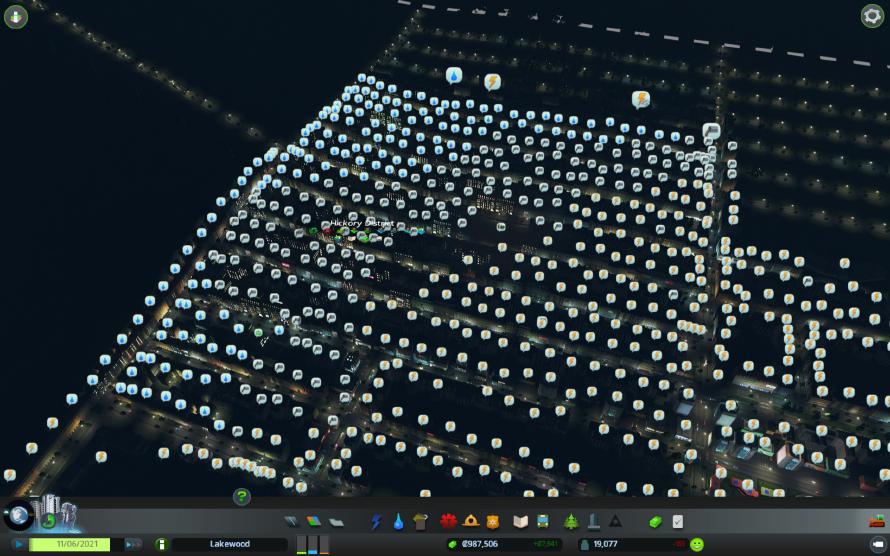
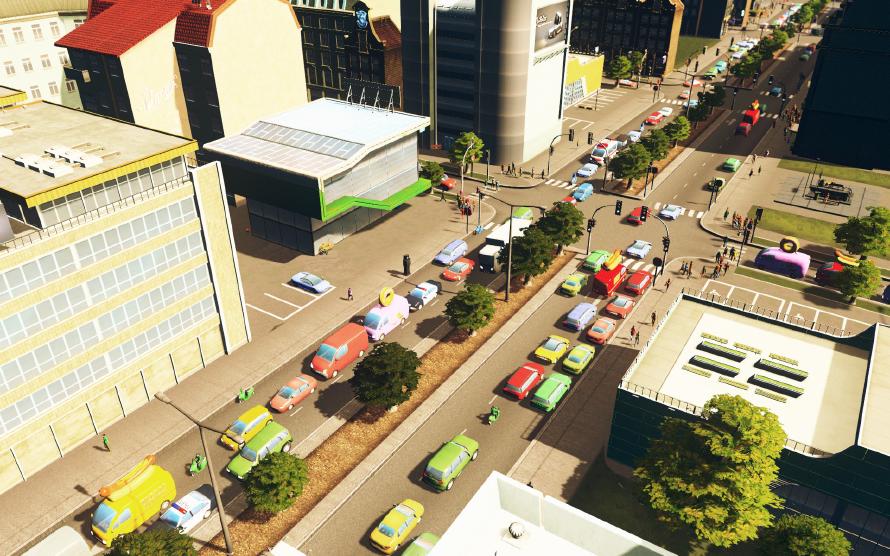
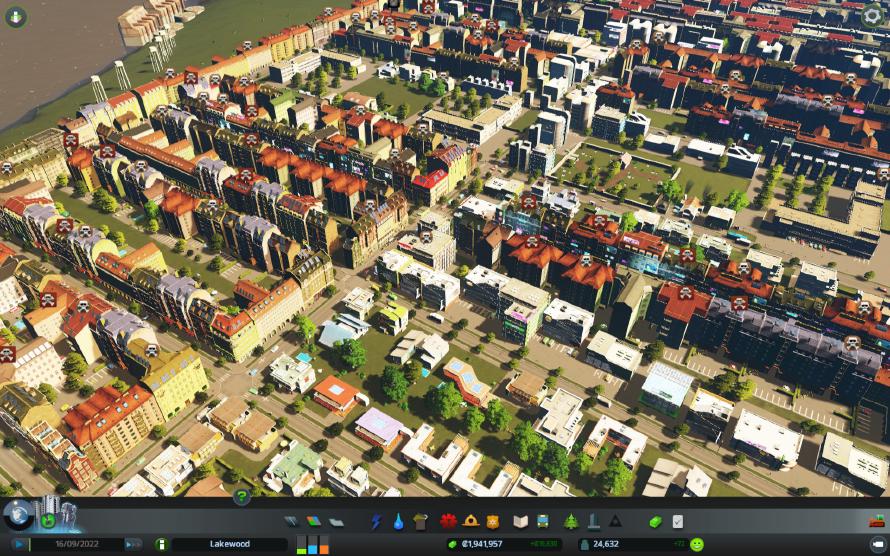
There are currently 62,272 addons available for Cities: Skylines in the Steam Workshop, so there’s a good chance there’s an addon or two that will turn the game into more of a city builder and less of a mass transport simulator. ↩︎
Feedback
This post has no feedback yet.
Do you have any thoughts you want to share? A question, maybe? Or is something in this post just plainly wrong? Then please send an e-mail to vegard at vegard dot net with your input. You can also use any of the other points of contact listed on the About page.